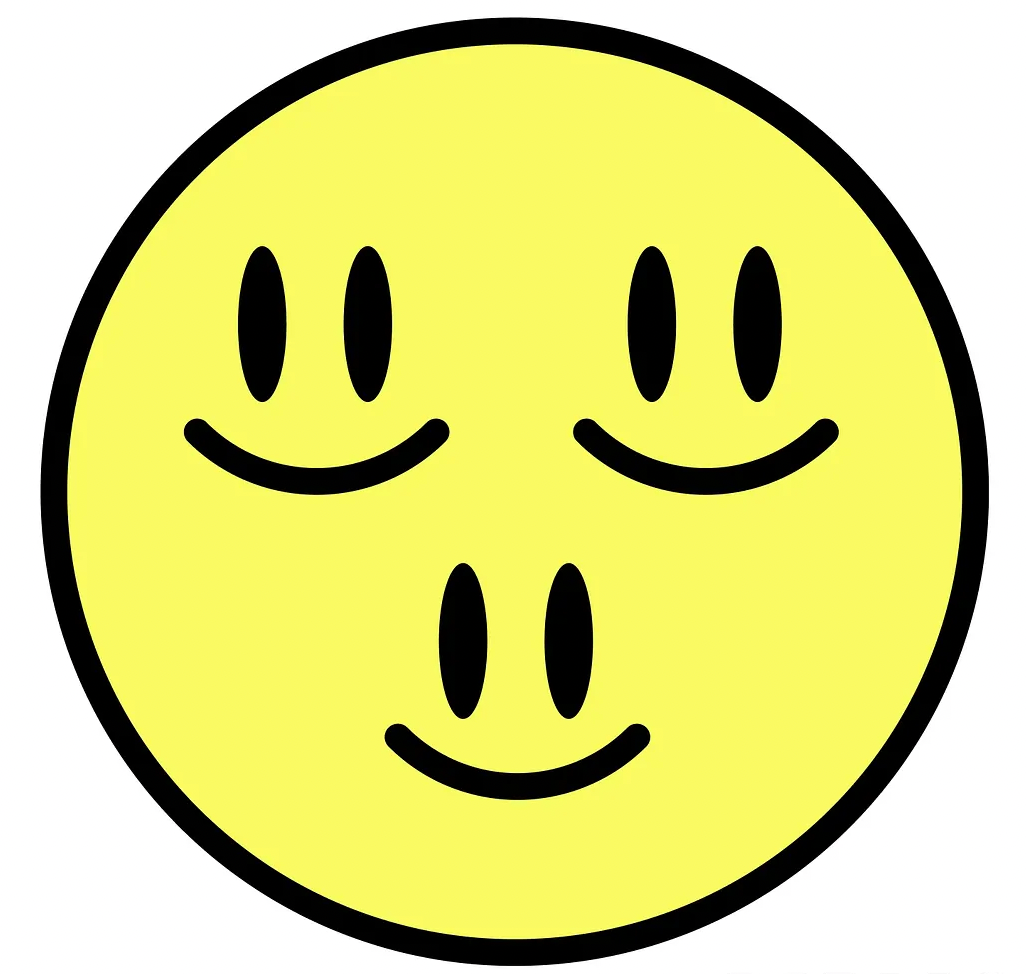Creative work is changing in ways you can feel good about
The power of releasing, why small is beautiful, and the advantages of cooperation
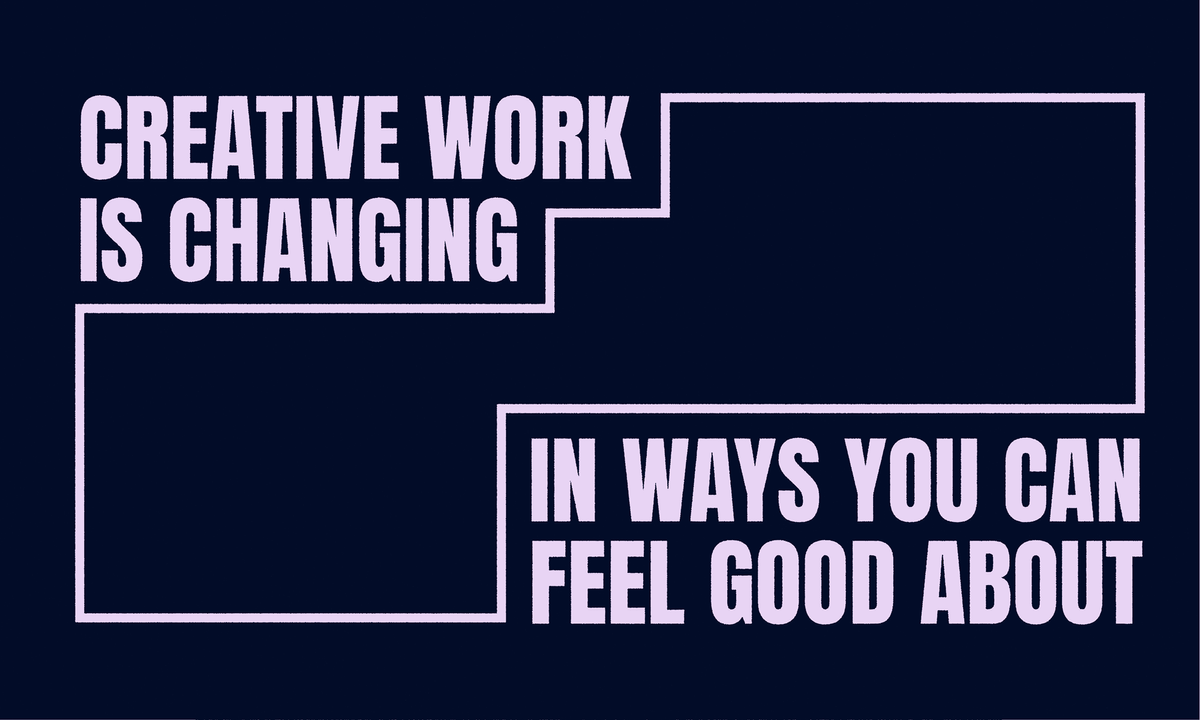
2024 was a year that challenged how creative people share and value their work. Careers and followings rose and fell with the demise and emergence of platforms. Plans pivoted with the whimsical shifts of the algorithmic gods. AI loomed as a constant threat and temptation — the easier path to passable mediocrity.
Through all of it we noticed three changes and new possibilities that make us excited for the future. A new playbook we can all learn from.
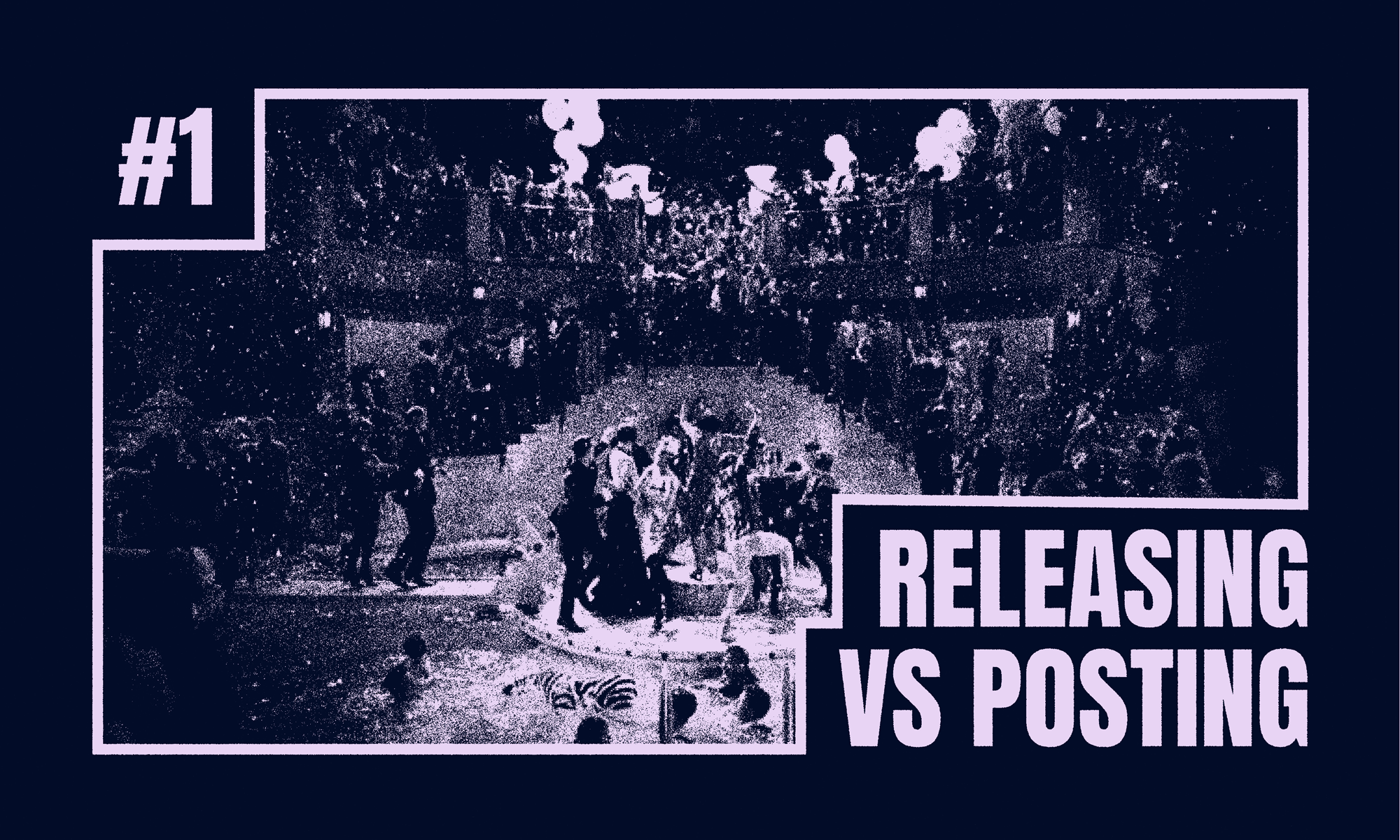
#1: Releasing vs posting
After years of turning everything into social media, this was the year we and others learned the difference between posting and releasing.
Posting operates on a social media metabolism — chasing metrics, feeding algorithms, optimizing for immediate attention. This approach can drive short-term engagement, but it often traps us in an exhausting cycle of constant content production (we’ve been there).
Releasing treats creative work as a lasting cultural contribution. When you release work, you:
- Frame it with intentional context
- Create meaningful ceremony around its launch
- Price it according to its value
- Invite the public to own and participate in it
Releasing encourages you to operate on your own clock. You release what you want, when you want. Not because you think you have to.
Releasing doesn’t mean abandoning posting or the market entirely. The most resilient creators know when to play the algorithm's game and when to create on their own terms. A releasing mindset helps open up this dual path.
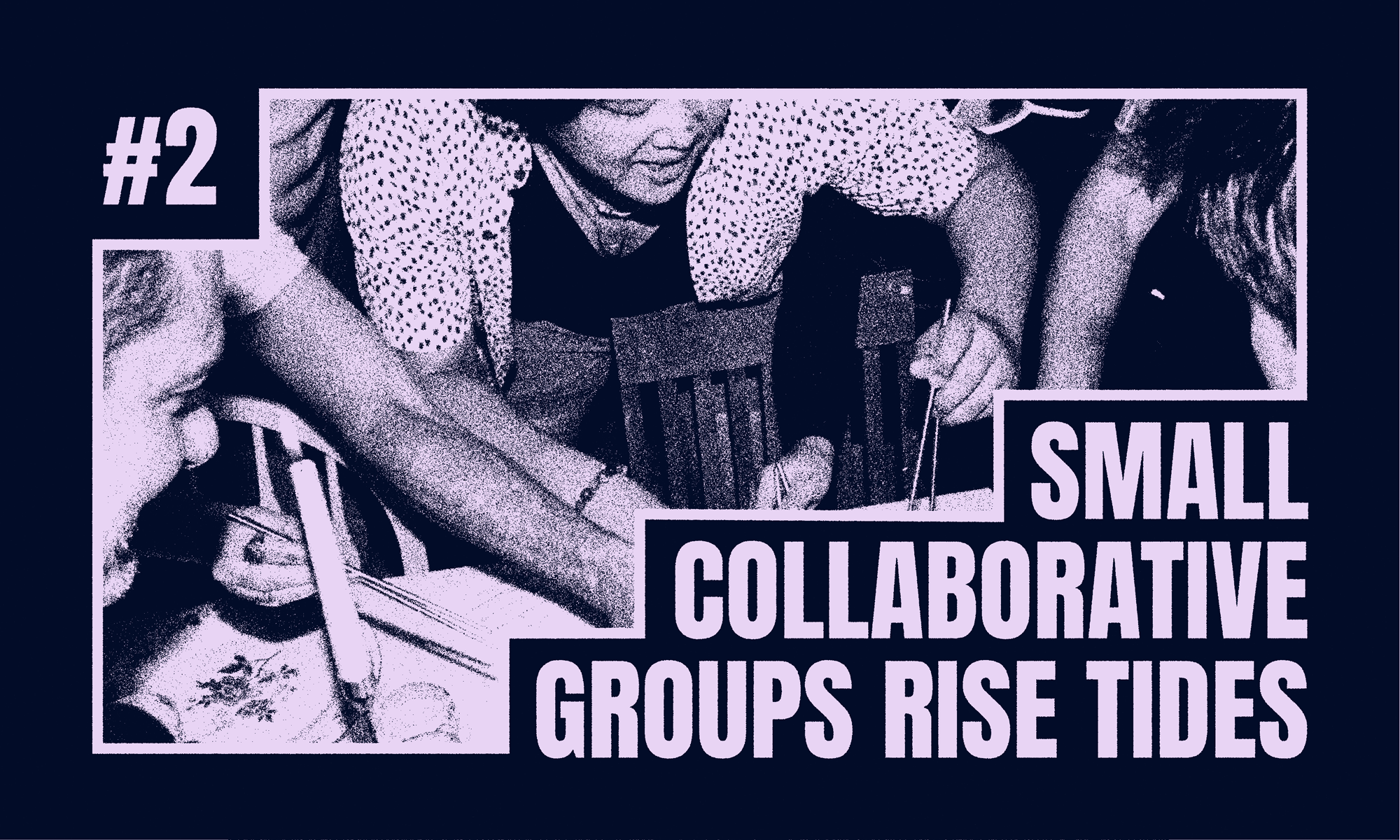
#2: Small collaborative groups rise tides
The past year revealed the surprising advantages of small, tight-knit creative groups over both solo creators and larger organizations. The Dark Forest Collective, Hard Art, Do Not Research, Worst Generation, Network Archives, and Sublime are a few of the many groups we saw do this.
These aligned groups of creators are able to punch above their weight because:
- Small collectives can achieve outsized impact with coordinated planning
- Collaborative drops benefit from many narrative entry points that can generate more sustained interest
- When multiple accounts post about something viewers give the message added weight (as bot networks and public influence campaigns show)
Small collaborative groups unlock the sweet spot between coordination and independence. Small enough to move quickly and maintain quality, while large enough to benefit from network effects in distribution.
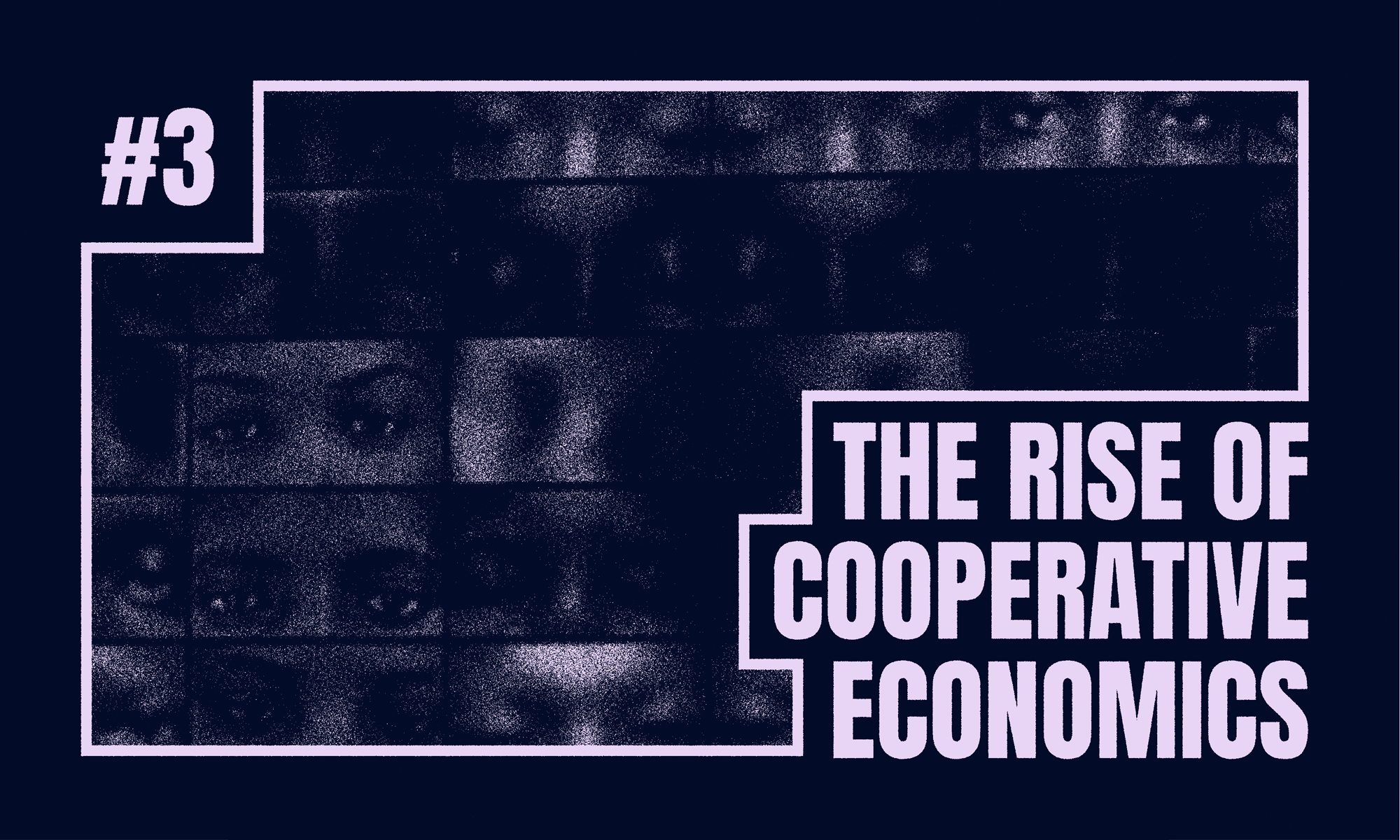
#3: The rise of cooperative economics
There have been early signs of a new economic model that rewards collaboration. We encountered first-hand a number of releases that shared these characteristics:
- Revenue sharing structures that align incentives across team members
- Collective ownership of intellectual property
- Coordinated promotion across multiple channels
- Shared investment in long-term outcomes
When individual creators are struggling with platform dependence and existing institutions are becoming bigger or faltering, it’s important for people to be able to build shared economies for themselves.
The outcomes we’re already seeing through splits on Metalabel are encouraging — thousands of dollars automatically flowing within small groups and growing shared treasuries for future projects. This is an encouraging sign for the future.
Looking forward
These changes suggest a future creative ecosystem where:
- Artists and creators use more intentional release strategies to invite direct support while using the algorithm for their own goals
- Smaller, more focused creative groups that mutually support each other become a new norm rather than just individual creators
- Economic models that reward cooperation and long-term thinking let people think bigger than ever
Amid the uncertainty, we’re optimistic about what’s ahead.
What about you? How are you feeling about 2025? We’re doing an editorial survey for an upcoming Metalabel release about the future. Tell us what you’re thinking about here:
